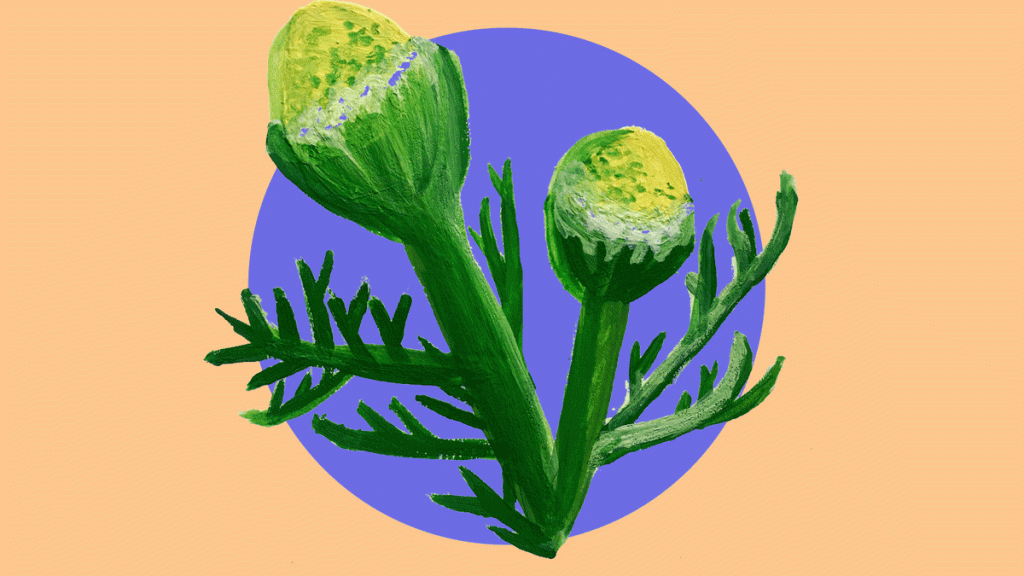We’ve been enjoying some wild flavours here at Henbant and I wanted to share them with you. Discover the joys of elderflower, nettle, sorrel, wild garlic and pineapple weed. Who knows, maybe you can forage some in your own garden or local wild space?
Elderflower

About common elderflower
Botanical name: Sambucus
Availability: Flowers in summer, fruit in autumn
Life cycle: Herbaceous perennial, deciduous shrub or small tree.
How can you eat elderflower?
- Flavour ice cream with elderflower and lemon by infusing it in warm milk before processing it.
- Make elderflower cordial by adding the flowers to a homemade syrup with citric acid and lemon peel, leaving it to infuse before straining.
- Decorate cakes with the delicate and elegant flowers.
- Dry the flowers and sprinkle them into your favourite bakes.
- Experiment with teas, tinctures and wines!
Nettle

About common stinging nettle
Botanical name: Urtica dioica
Availability: Tender in early – mid spring
Life cycle: Perennial
How can you eat nettle?
Use thick gloves to harvest!
- Stir the leaves into boiling water for around 90 seconds before plunging into ice cold water (to keep the colour). They’ve now lost their sting and can be used in pesto as you would basil.
- Stew it in boiled water for 5 minutes before straining to make a tea.
- Flavour soup by adding the leaves in the last minute of cooking, before blitzing with a hand blender.
- Experiment with nettle beer!
Sorrel

About common sorrel
Botanical name: Rumex acetosa
Availability: Tender in spring
Life cycle: Annual, biennial or perennial
How can you eat sorrel?
Don’t eat in large quantities as it contains oxalic acid.
- Eat it raw in salads to give a lemony flavour.
- Cook it in soups, purees and stuffing.
- Roughly chop it and add it to butter to accompany oily fish, such as salmon.
Wild garlic

About wild garlic
Botanical name: Allium ursinum
Availability: Leaves are best in early Spring, with flowers and seeds coming later.
Life cycle: Perennial
How can you eat wild garlic?
- Finely chop the leaves and add it raw in salads for a tasty punch, or simply add the flowers.
- Finely chop the leaves and use in a pesto, as you would basil.
- Gently wilt the leaves in butter as a side dish.
- Pickle the seeds like a caper.
Pineapple weed

About pineapple weed (also known as wild chamomile)
Botanical name: Matricaria discoidea
Availability: June – September
Life cycle: Annual
How can you eat pineapple weed?
- Add it raw into salads for a slight pineapple kick.
- Brew leaves and flowers in boiled water for a fruity tea.
- Flavour ice cream by infusing the flowers in warm milk before processing it.
- Make pineapple weed cordial by adding the flowers to a homemade syrup with citric acid and lemon peel, leaving it to infuse before straining.
- Make into a jam for an unusual breakfast treat.

Leave a comment